STREAM Activity: Blubber Experiment
Learn how our fellow mammals keep warm in the Arctic!
Activity best for children age 2 and up
How do Arctic mammals survive (and thrive!) in extremely cold, icy water? Cold-blooded marine animals such as sharks balance their body temperatures along with the water around them. Warm-blooded marine mammals like seals, walruses, and whales have a thick layer of fat called blubber. This insulation of fat helps their internal temperatures stay warm, especially when they spend a lot of time in the freezing water. In the Arctic, some whales have blubber up to 20 inches thick! If you have ever put on a wetsuit before going in the ocean, you know what it’s like having an extra layer to keep your body temperature higher. Using some kitchen items, this activity shows what it might feel like to have a thick, insulated layer of fat like our fellow mammals.
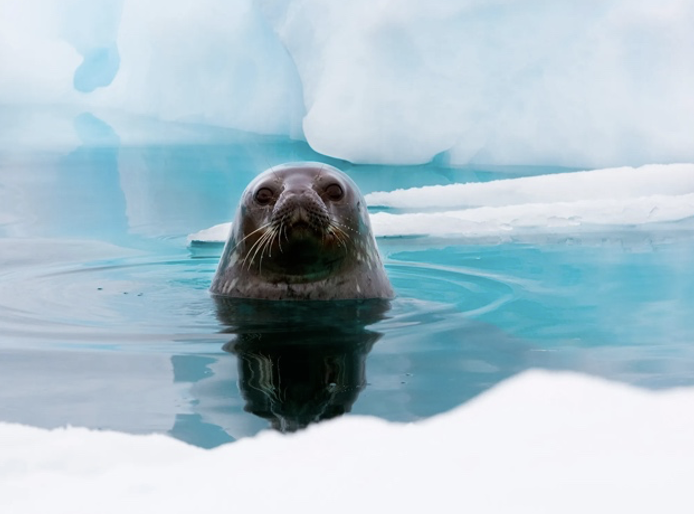
Materials you’ll need:
Bowl
Ice
Cold water
Shortening
2 Ziploc bags
Guiding Questions:
What is blubber?
Which Arctic animals have blubber?
Directions
Step 1
Add two or three tablespoons of shortening, or “blubber,” to one of the empty Ziploc bags.
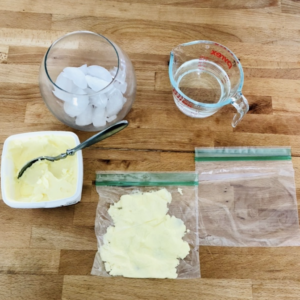
Step 2
Create your Arctic Ocean by mixing the ice and water in the bowl. As a reference, you can test how cold the icy water is here without the shortening.
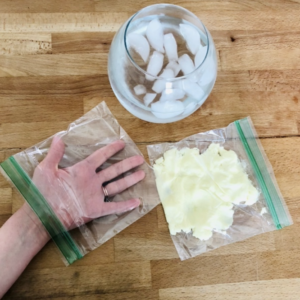
Step 3
Using your hand, put the empty Ziploc bag into the bag with the “blubber.” Place them in the bowl of ice water.
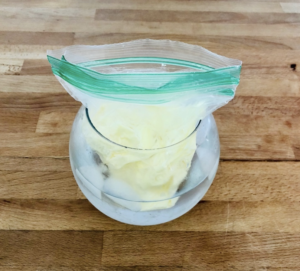
Step 4
Test out your “blubber!” Your hand will stay completely dry and warm, just like an Arctic marine animal.
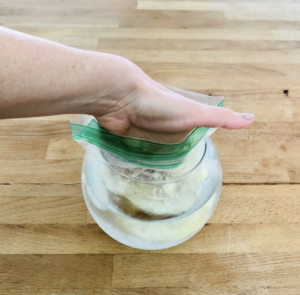
Grown Ups-Are you looking for more ways to extend your child’s learning? Check out these extension activities to build upon today’s STREAM activity!
Reading Connections:
“The Three Snow Bears” by Jan Brett
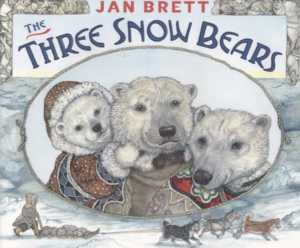
Science Connections:
Interestingly, blubber also helps marine mammals in more ways than thermal insulation. The extra fat helps them store energy, allows for easier swimming through the water, and has low density which makes them buoyant, or float. You can play around with this experiment to see how well things float and glide in the blubber.
Share your “blubber” with us on Instagram by tagging @sdcdm320!
Questions about this activity? Email education@sdcdm.org

